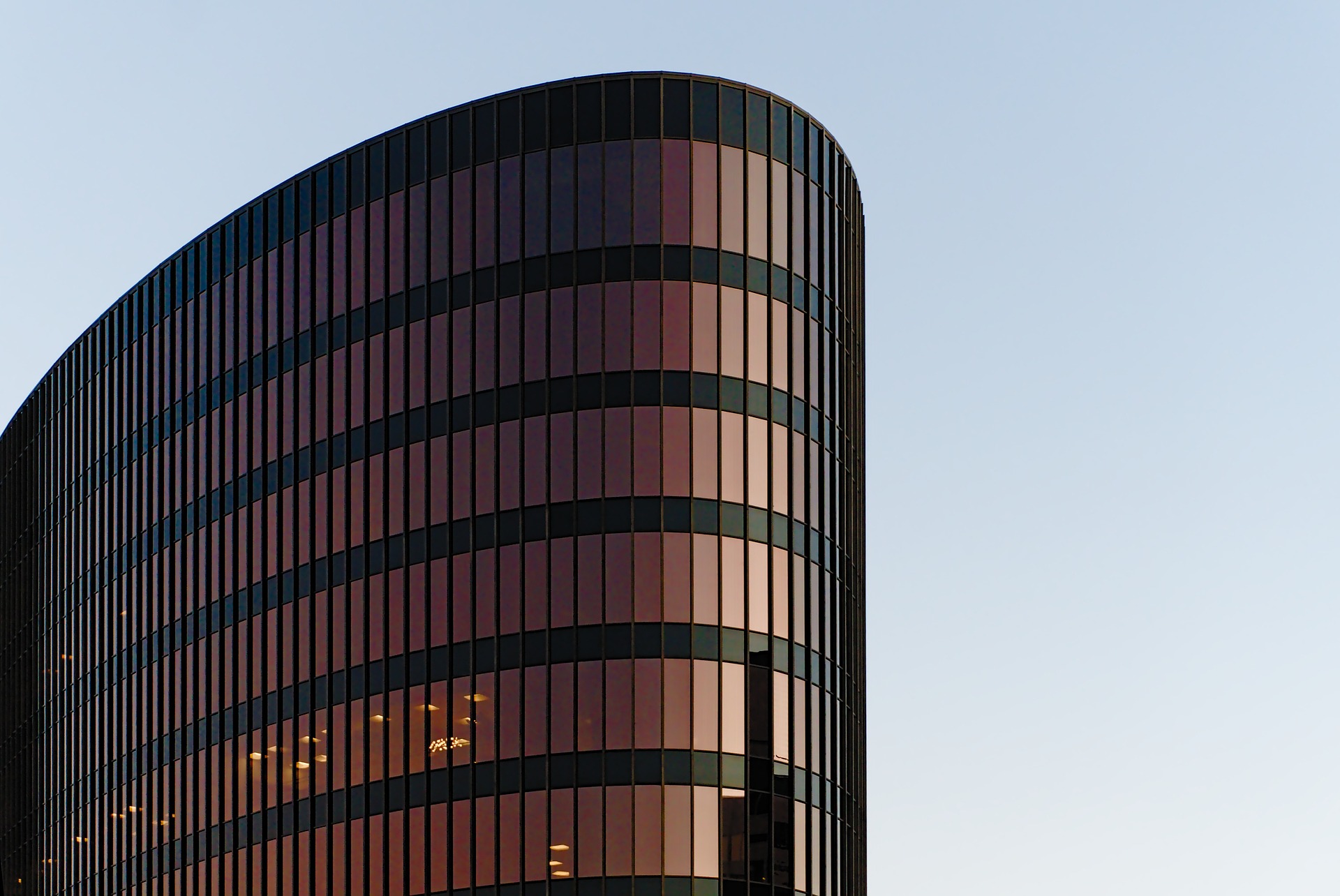The U.S. General Services Administration (GSA) adopted a new rule with new accessibility guidelines for federal buildings.
The rule establishes that pedestrian facilities in the public right-of-way are readily accessible to and usable by people with disabilities. GSA’s action creates a uniform federal standard that aims to ensure all new and modified pedestrian facilities, such as sidewalks and crosswalks, are accessible and meet the Architectural Barriers Act of 1968, as amended.
The new rule requires enhanced accessibility features, including pedestrian signals and alternate access routes. The new standards:
- Increase sidewalk sizes and widths to make it easier for people to pass on the sidewalk, reducing accidental collisions and better accommodating mobility aids such as walkers, rollators, and wheelchairs.
- Regulate the ground slope at passenger loading zones, preventing them from being too steep for people with mobility disabilities to climb.
- Mandate better audio and tactile warning systems, including audio signal warnings, truncated domes, and detectable warning pavexxrs, increasing pedestrian safety by alerting pedestrians to an imminent street crossing or to when they have the right-of-way to cross the street.
This new rule is applicable to all federal new construction, alterations, and renovation projects.
Related Stories
| Nov 8, 2013
S+T buildings embrace 'no excuses' approach to green labs
Some science-design experts once believed high levels of sustainability would be possible only for low-intensity labs in temperate zones. But recent projects prove otherwise.
| Nov 6, 2013
PECI tests New Buildings Institute’s plug load energy use metrics at HQ
Earlier this year, PECI used the NBI metrics to assess plug load energy use at PECI headquarters in downtown Portland, Ore. The study, which informed an energy-saving campaign, resulted in an 18 percent kWh reduction of PECI’s plug load.
| Oct 30, 2013
15 stellar historic preservation, adaptive reuse, and renovation projects
The winners of the 2013 Reconstruction Awards showcase the best work of distinguished Building Teams, encompassing historic preservation, adaptive reuse, and renovations and additions.
| Oct 30, 2013
Why are companies forcing people back to the office?
For a while now companies have been advised that flexibility is a key component to a successful workplace strategy, with remote working being a big consideration. But some argue that we’ve moved the needle too far toward a “work anywhere” culture.
| Oct 30, 2013
11 hot BIM/VDC topics for 2013
If you like to geek out on building information modeling and virtual design and construction, you should enjoy this overview of the top BIM/VDC topics.
| Oct 28, 2013
Urban growth doesn’t have to destroy nature—it can work with it
Our collective desire to live in cities has never been stronger. According to the World Health Organization, 60% of the world’s population will live in a city by 2030. As urban populations swell, what people demand from their cities is evolving.
| Oct 18, 2013
Researchers discover tension-fusing properties of metal
When a group of MIT researchers recently discovered that stress can cause metal alloy to fuse rather than break apart, they assumed it must be a mistake. It wasn't. The surprising finding could lead to self-healing materials that repair early damage before it has a chance to spread.
| Oct 18, 2013
Sustainability expert: Smart building technology can have quick payback
Smart building technology investments typically pay for themselves within one or two years by delivering energy savings and maintenance efficiencies.
| Oct 15, 2013
Statue of Liberty update brings patrons closer to the action
While past renovation and restoration work on Liberty Island received more fanfare, the latest update arguably has had a greater impact on the three million people that visit the monument each year.
| Oct 15, 2013
High-rise Art Deco courthouse gets a makeover in Amarillo, Texas
Recognized as one of the most significant Art Deco courthouses in Texas, the Potter County Courthouse is modernized and restored to its 1930s aesthetic.

















